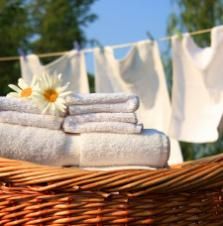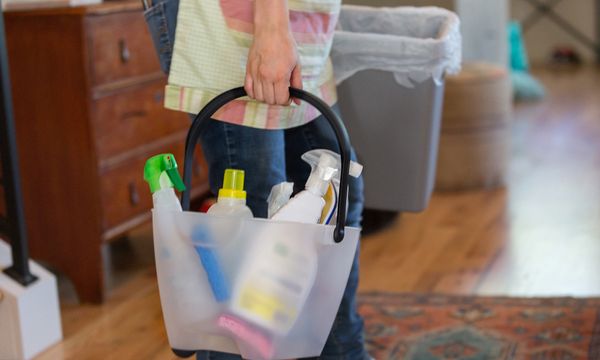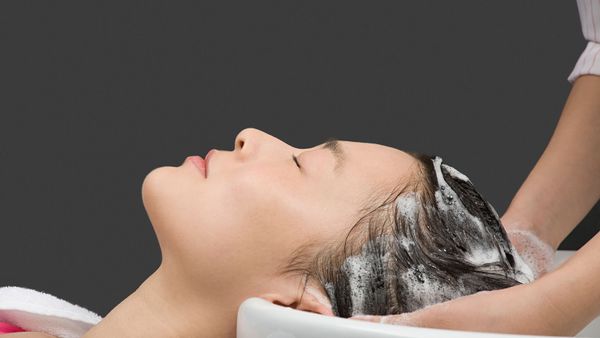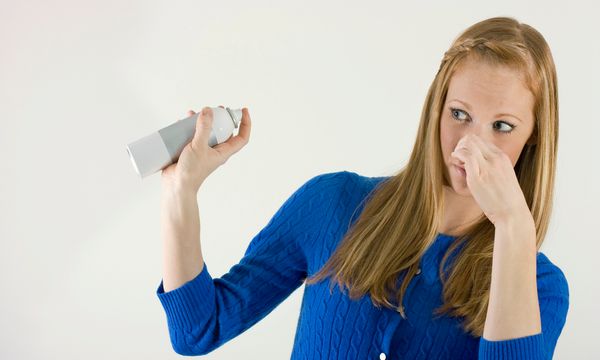Key Takeaways
- Use environmentally friendly cleaning agents like vinegar, baking soda, salt and lemon juice, which are effective in removing stains and odors while being less harmful to the environment.
- Optimize your water and energy use by washing full loads, selecting cold water settings for rinsing, and adhering to efficient drying techniques like air-drying when possible.
- Consider switching to high-efficiency washing machines and using greener alternatives to conventional laundry detergents to reduce your environmental impact and enhance the sustainability of your daily chores.
Laundry can seem like an endless task. We go through plenty of clothing, bedding, and towels, and it all needs to be cleaned. But even as we finish up this week's load, there's already more accumulating. It's no surprise, then, that after the refrigerator, the washing machine and dryer are typically the leading culprits in terms of high resource usage in the home -- especially if they're older models. Add to that the varied laundry products going down the drain, and you're looking at a couple of not-so-green cleaning machines. But there are ways you can continue to use these convenient appliances while still taking care of the earth. This chapter offers a few practical laundry rules for you to follow, including energy-, labor-, and product-saving tips. We'll concentrate on our list of the Fantastic Four cleaning products (vinegar, salt, baking soda, and lemon juice), which do a remarkably good job of getting your clothes clean and keeping them that way.
Advertisement



